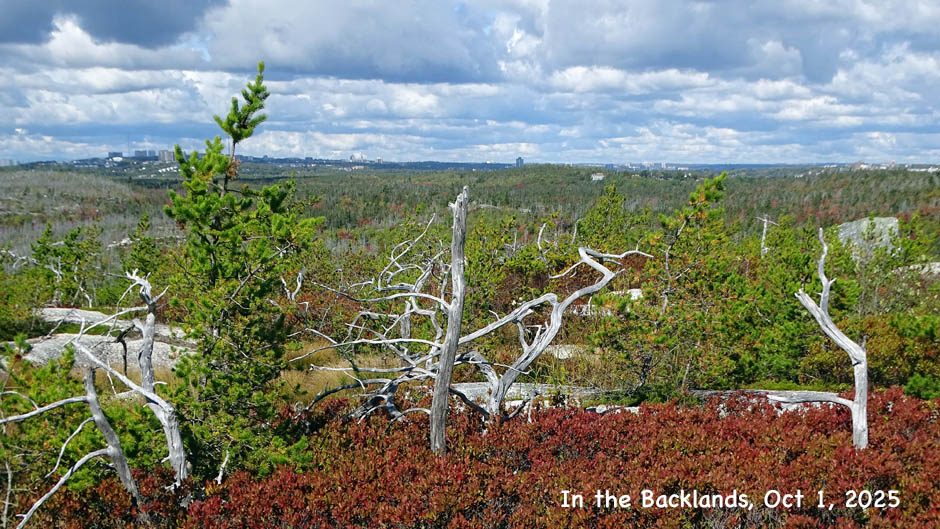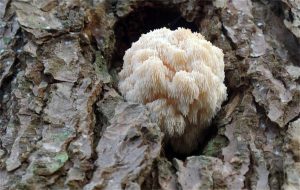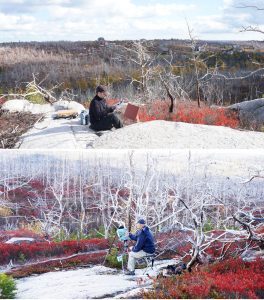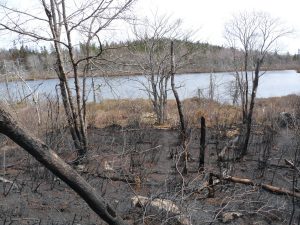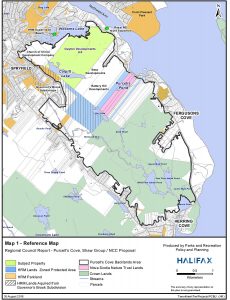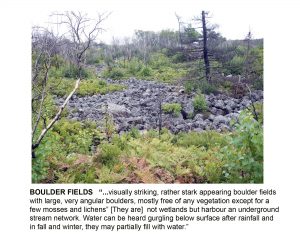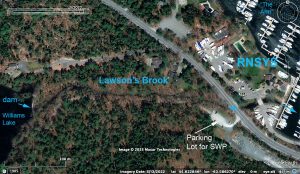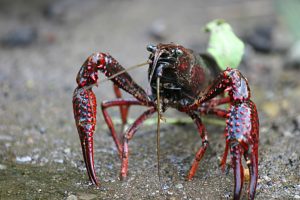
Procambarus clarkii, known variously as the red swamp crayfish, Louisiana crawfish or mudbug,[3] is a species of cambarid crayfish native to freshwater bodies of northern Mexico, and southern and southeastern United States, but also introduced elsewhere (both in North America and other continents), where it is often an invasive pest. (Wikipedia)
“The Department of Fisheries and Oceans (DFO) is exploring control and containment options after trapping more than 70 live red swamp crayfish in a Halifax area lake,” reports Yvette d’Entremont:
The invasive freshwater species is indigenous to the southern U.S. and eastern Mexico. Over the summer, DFO and Saint Mary’s University researchers trapped and removed 70 live red swamp crayfish from Three Mile Lake, located next to Windsor Junction.
During a media presentation along the Cobequid Road shore of the lake on Thursday, DFO aquatic invasive species biologist Sarah Kingsbury told reporters this type of crayfish has “severe or potentially severe” impacts on ecosystems. It preys on fish eggs, competes with native species for available resources, space, and calcium in the water. It can also alter the physical habitat structure and impact other species through its burrowing.
Yvette d’Entremont cites Saint Mary’s University researchers as urging anyone who spies a crayfish in Nova Scotia to contact them here.
Thx for caring, Halifax Examiner/Yvette d’Entremont, & Saint Marys University folks.
